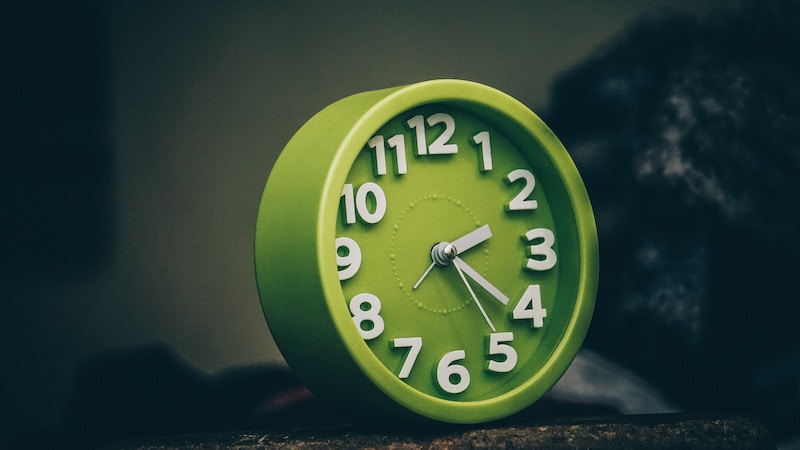Master Your Breaks: Overcoming Distraction
Episode #2 of the course Master your time: The secret to being insanely productive by John Robin
Welcome back to our course. I hope you’ve been practicing directed awareness meditation, using different kinds of work as a focus.
You’re going to love where this is going because today, we’re going to talk about how to take that a step further.
Inevitably, we have to talk about the opposite of focus: distraction.
The good news, though, is that we’ll also talk about how to incorporate it into our meditation regimen, which will be the foundation of a masterful work routine that we’ll develop in the coming days.
Overcoming Distraction
The enemy to focus on is distraction. When you practice mindfulness meditation, you try to sit still and stare in one place (or close your eyes).
When you apply this to your work, you must find the equivalent.
It’s worth noting that two distractions are fatal to productivity:
• your phone
• your computer
Put your phone in the other room. You can also download an anti-distraction app. I use the app Forest. It lets me grow a tree on my phone for whatever time I want to focus, and I can’t do anything else on my phone while this is happening. You can also install it in your internet browser and blacklist distracting sites (e.g., Facebook, Twitter, Gmail, etc.) so you can stay focused during your work meditation periods.
The more you practice the meditation approach to work, the more you will learn to hone your attention on your work and the easier it will be to see distraction for what it is. For example, I rarely need to use Forest now because my attention has become razor sharp.
One thing I highly recommend you do: Go through the settings in your phone, and app by app, manually turn all notifications off.
Bings and boops and other funky noises designed to get your attention only make you feel like you’re missing something on your phone, and that’s a distraction you don’t need if you’re serious about wanting to be more productive and effective in your work.
Master Your Breaks
“What about the important notifications?” you might ask.
That’s a good point, and in fact, these distractions can be useful—if delegated to your break time.
That’s right, your break time will come when your 25-minute timer finishes.
What should you do on breaks?
Something mindless is the best advice that science has for us. Working in alternation between longer periods of focus followed by short, loose periods of mindlessness is an excellent way to keep your attention sharp over successive 25-minute periods of focus. (This is the essence of the Pomodoro Technique, which you can read more about in this article by LifeHacker.)
This all sounds great but do you spot a big problem?
Here’s the scenario:
You hone your focus for 25 minutes. The timer goes off and it’s time for a break. You pick up your phone to take a break. When you pop into Twitter, you see many notifications. Soon you’re scrolling through all your social media feeds and checking your email.
Wait, how did 20 minutes just fly by?
Here’s the solution: Set a break timer to master your breaks.
I recommend a short timer, somewhere between one to five minutes. You want the break to be just long enough to feel like a break, but not so long that you lose momentum.
As soon as you finish your focused period, hit the break timer. Now, go in and tend to non-work things. As soon as the break timer beeps, abandon them.
Yes, even abandon messages midway! You can pop back into them on your next break.
Imagine this is part of your meditation, and the timer is telling you, “Back to your focus!” The break was just a short period of permission to lose focus and do whatever you want—but only until the timer goes off!
Having multiple timers might not be built into your phone. I recommend an app called MultiTimer. This lets you set up several custom timers. I use this to pace my work all day long, using 25-minute work periods and 1-minute breaks. (I don’t recommend you start with one-minute breaks. I started with four minutes and only decreased this timer as my focus and endurance got stronger with practice.)
Takeaway
Mastering distraction is as important as mastering focus. You can get on top of this by delegating distracting activities to your break time. Set a timer to tell you when to abandon all distractions and get back to work.
Your homework is to add this second break timer to your regimen and try focusing for 25 minutes, followed by a timed break, followed by another 25 minutes.
Tomorrow, we’ll move onto the next level: how to batch your work periods for best longer-term focus.
Recommended book
Share with friends

